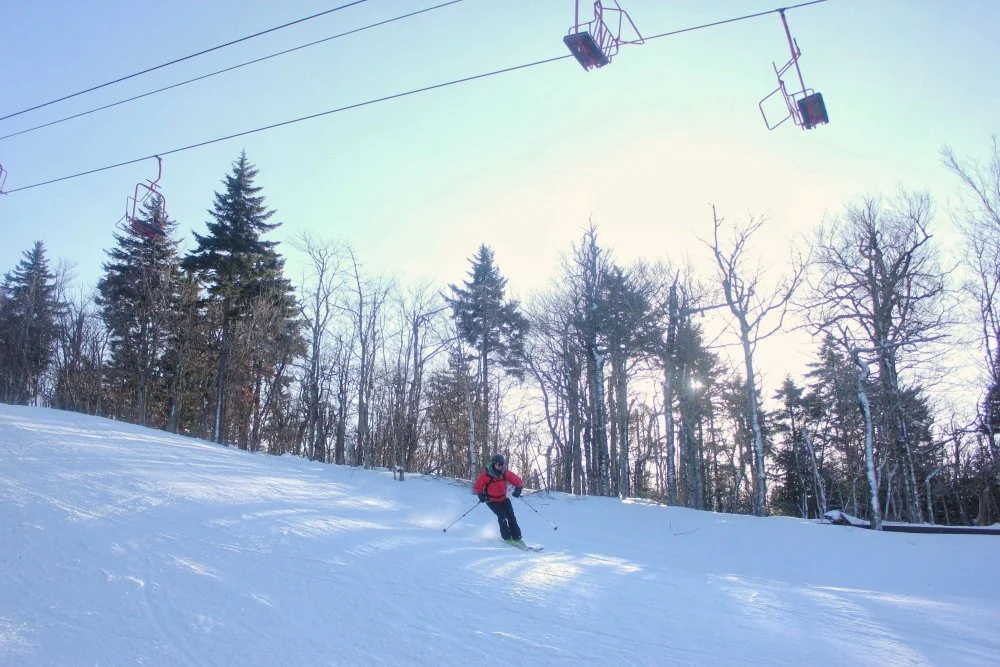Red Rock Reflections, Part 2
I wrote the other day about what we climbed during a recent trip to Red Rock. With the climbing summarized, here are a few more post-trip reflections.
1. Desert Approaches are Deceptive. Having spent most of my adult life hiking in the Northeast, I have a pretty good sense of how long it will take to approach a climb just by glancing at the terrain ahead. In the desert, not such much. That’s in part because the desert has so many micro-features—washes in particular—that aren’t apparent at first glance. It’s also because there are herd paths everywhere, some taking more direct routes to the cliff than others. Then there’s the terrain, which is much bigger and steeper than it looks from a distance. Indeed, some of the approaches took more than an hour, which was surprising until we realized we’d hiked several miles, ascending 1,400-1,500 feet in the process.
2. Do More Pre-Trip Research and Planning. One of the trip’s constant questions was “what should we climb next?” And that question involved a series of sub-questions: Would the climb be in the sun or shade? Would the climbing go quickly? Did it have chimneys? Rap or walk-off? How heinous was the walk-off? Was the approach complicated? Did we have enough daylight? Of course, we could have answered all those questions with a few more hours of pre-trip planning.
Some additional pre-trip planning also would have made it easier to find some of the micro-features discussed in the route descriptions. That “big belay ledge,” for example, wasn’t always immediately obvious. And the critical rap “anchor” on the top of Solar Slab’s 7th pitch definitely wasn’t where the guidebook topo indicated it would be, which we might have figured out beforehand with a closer study of the comments on mountain project. Scrolling through the pics on mountain project for each route (and saving the key ones to my phone) would have made things a lot easier.
Regardless, here’s a reminder for next time: I’m psyched to climb Crimson Chrysalis, Olive Oil, Johnny Vegas, Frogland, and Dark Shadows.
3. Do More Pre-Trip Leading Too. It was a wet fall in the Northeast, especially during the weekends. The result—not much outdoor leading for me in the weeks leading up to the trip. And while I climbed a lot in the gym, it’s not quite the same. That’s something that’s easily remedied before a future trip.
4. Plan for the Crowds. Here’s the thing about Thanksgiving at Red Rock—the classic climbs are crowded. I learned that the hard way. Indeed, a few times we waited more than an hour to just start a pitch. Frustrating, to say the least. A solution is to get an even earlier start (although in Red Rock that means getting going around 5 a.m. each day; that’s not for everybody). Another is to climb some of the less-popular routes.
Regardless, being mentally prepared to be climbing in and around people will help save your sanity.
5. A few final thoughts.
The rock quality is different than the granite in the Northeast. Not quite a solid.
Plan for big temperature fluctuations. In the morning I’d be wearing everything I had, begging the sun to come over the horizon. By lunch, I’d be hoping to find some shade.
Bring radios! We did, but didn’t start using them till the second day. They made a world of difference in hearing commands like “off belay.”
Although sites can be hard to come by, the campground is awesome and quiet. Just don’t expect cell phone service.




